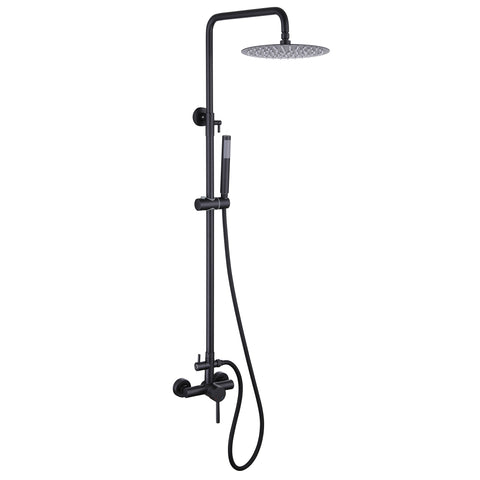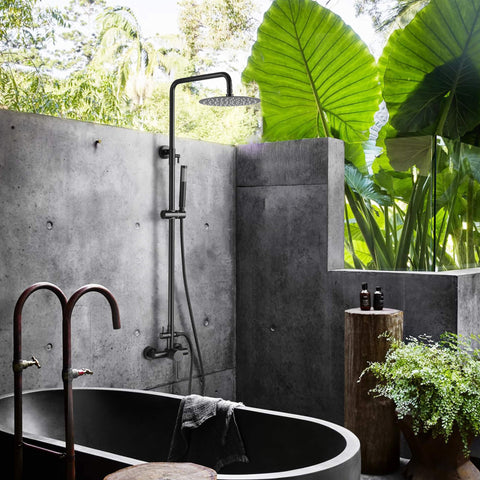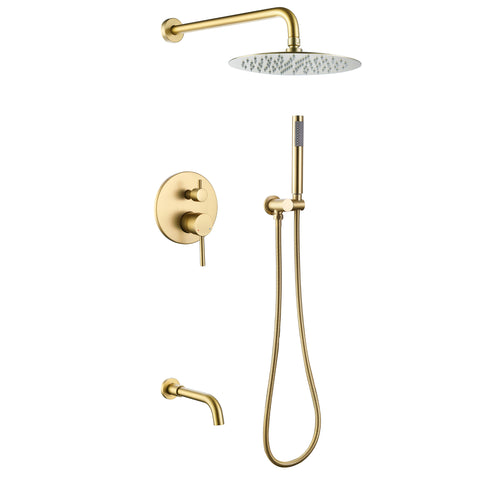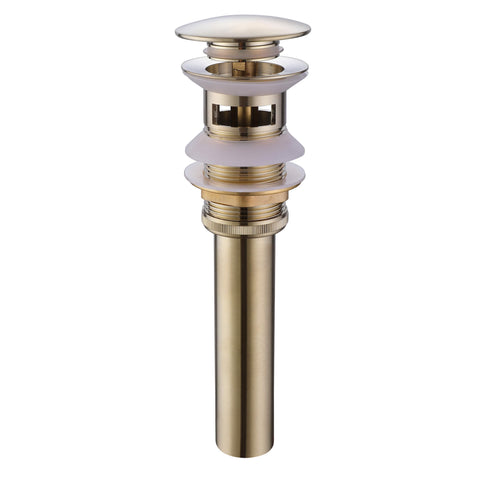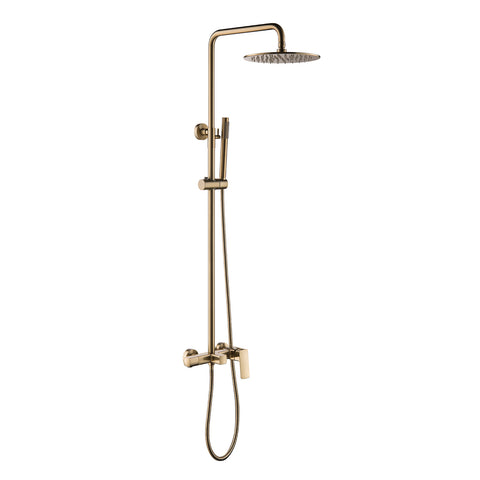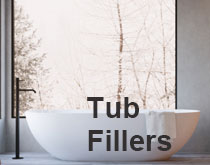Ordinary vs. Hot and Cold Water Faucets: Which is Right for You?
Faucets are an essential part of every home, enabling us to access water for various purposes with ease. While most of us are familiar with ordinary faucets that provide water at a fixed temperature, hot and cold water faucets offer an added level of convenience and versatility. In this blog, we will explore the key differences between ordinary faucets and hot and cold water faucets, and why the latter has become a popular choice for modern households.
The Basic Faucet: Functionality and Limitations
Ordinary faucets, also known as single-handle faucets, have been around for a long time. They typically have a single handle that controls both the water flow and temperature. Turning the handle in one direction increases the flow of water, while turning it in the other direction adjusts the temperature. While these faucets get the job done, they do come with some limitations.
One of the main drawbacks of ordinary faucets is that they don't provide a separate source of hot and cold water. As a result, you may need to mix the water manually to achieve the desired temperature, which can be time-consuming and less precise. Additionally, using only cold water in winters or only hot water in summers can be uncomfortable.
The Hot and Cold Water Faucet: The Ultimate Convenience
Hot and cold water faucets, also known as two-handle faucets, are designed to overcome the limitations of ordinary faucets and offer enhanced functionality. As the name suggests, these faucets have two separate handles, one for hot water and the other for cold water.
The primary advantage of hot and cold water faucets is the convenience they provide. Users can control the temperature of the water more precisely by adjusting the individual handles. This eliminates the need for manual mixing, making it easier to achieve the perfect water temperature for different tasks, such as washing hands, dishes, or filling a bathtub.
Energy Efficiency and Cost Savings
Hot and cold water faucets can also contribute to energy efficiency and cost savings. By having separate handles for hot and cold water, users can avoid running the hot water when it's unnecessary. Ordinary faucets with a single handle often default to a mix of hot and cold water, leading to wastage of hot water and higher energy bills.
With hot and cold water faucets, users have more control over their water usage, leading to reduced energy consumption and potentially lowering their utility costs. This eco-friendly aspect of the two-handle faucet makes it an attractive option for environmentally conscious homeowners.
Aesthetics and Design Options
Apart from functionality, hot and cold water faucets also offer a wider range of design options and aesthetics. These faucets are available in various styles, finishes, and materials to complement different bathroom or kitchen themes. Whether you prefer a classic vintage look or a modern, sleek design, you can find a hot and cold water faucet that suits your taste and enhances the overall decor of your space.
In conclusion, the difference between an ordinary faucet and a hot and cold water faucet lies in their functionality, convenience, energy efficiency, and design options. While ordinary faucets serve their purpose, hot and cold water faucets take water control and comfort to the next level. With separate handles for hot and cold water, users can enjoy precise temperature control, potentially reducing energy consumption and saving on utility costs. Additionally, the wide variety of design options makes these faucets a popular choice for homeowners looking to enhance the aesthetics of their bathrooms and kitchens. If you're looking for an upgrade in functionality and style, a hot and cold water faucet could be the perfect choice for your home.
